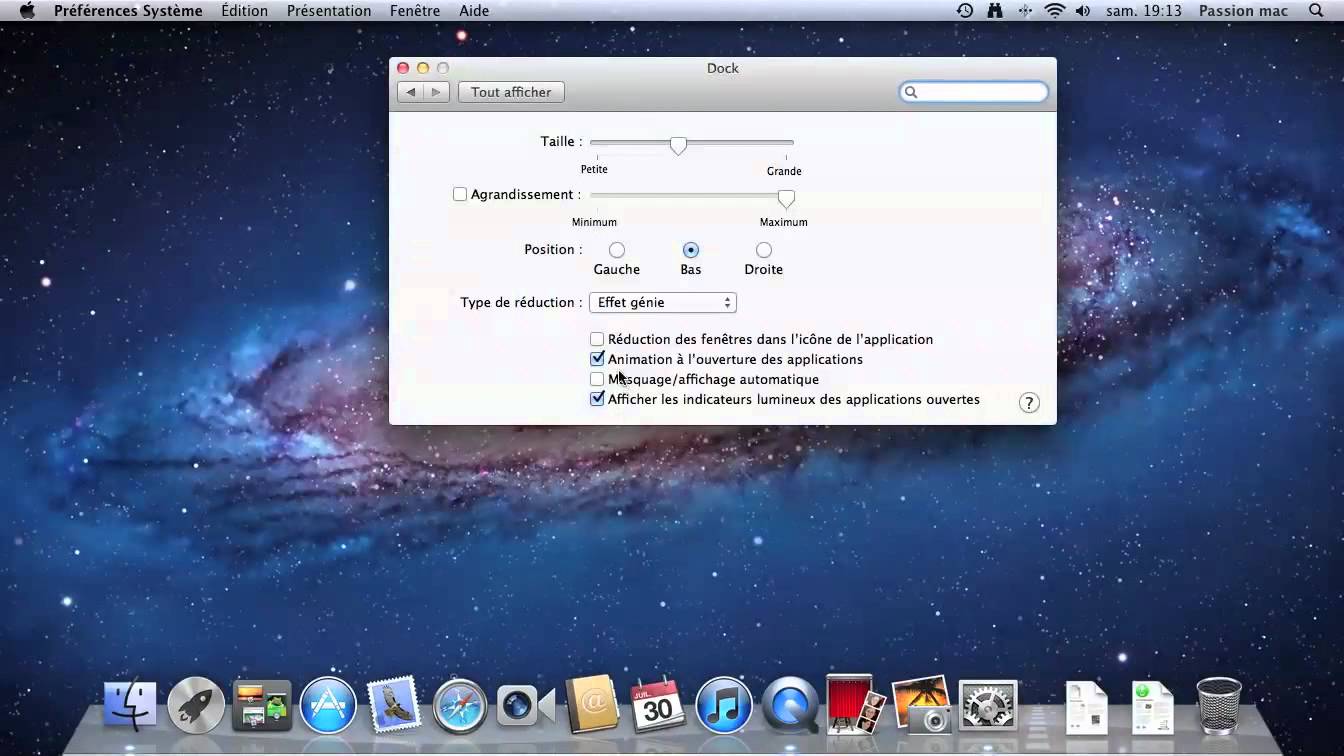

For example,/dev/disk0 is your internal Mac hard disk in which you’ll find three partitions. Depending on how many storage devices are attached to your system, you’ll get a specific address for each device. Each device can hold a number of partitions which is where your data is stored. Let me explain this:ĭevices are things attached to the system, such as hard disk, memory cards and USB sticks. The dd command needs to know which file you want to copy (see above), and the device corresponding to your USB stick. So far so good, we’re in the right location. The second command lists all files, and your ISO image should be one of them. Let’s enter that directory by issuing the following command: cd ~/ Downloads Now open Terminal – it’s under Applications – Utilities, or do a Spotlight search to find it.įor this example I’m assuming that the image file is called centos.iso and that it’s in your Downloads directory. Next, have a USB stick handy and insert it into your Mac.

Our operation will result in a bootable USB stick.įirst, head over to a CentOS Mirror and download your favourite ISO image. The following will work in both Mavericks and Yosemite, with ISOs from CentOS 6.5 and above. It needs a few parameters though, and in this article we’ll look at what those are. Instead we can make use of a command line tool named dd which can do this for us.

Mac users don’t have such a luxury – at least I haven’t found one yet. If you want to install macOS 10.13.5, check out our macOS High Sierra Installation article.Windows users have a great free tool called ISO2USB which efficiently transfers ISO images to a USB stick. In our previous articles, we have shared with you the macOS High Sierra operating system ISO files. After creating an Apple Developer account, you can download and install this update on your computer by downloading the macOS Developer Beta Access Utility. If you want to download and install macOS Beta on your iMac or MacBook computer, you must have an Apple Developer account. Once you have installed the macOS 10.14 installation image file on a virtual machine, you can start the installation immediately. In this article, we have prepared the ISO file for installing the Mojave operating system using VMware Workstation, Oracle VM VirtualBox, VMware Fusion, or ESXi virtualization programs. If you want to update your system to macOS 10.14, we recommend that you first back up your macOS computer for errors that may occur. Although Mac OS Mojave beta is released, many users have updated their systems.


 0 kommentar(er)
0 kommentar(er)
